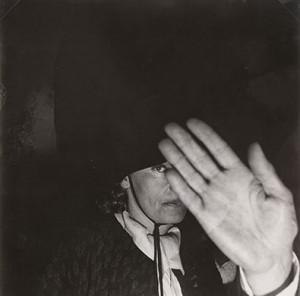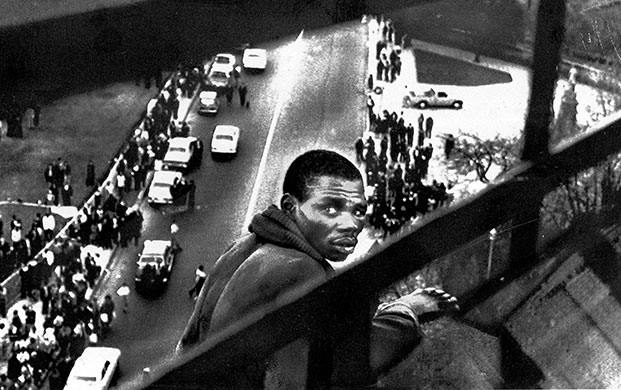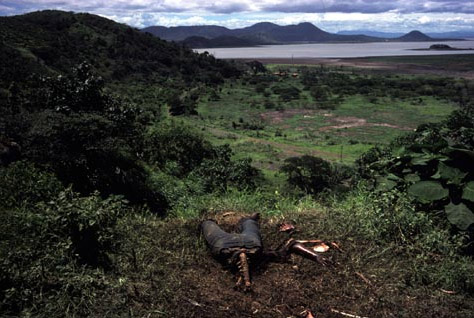Exposed: Voyeurism, Surveillance and the Camera at Tate Modern

If there is one thing that can be said about the new exhibition at Tate Modern, Exposed: Voyeurism, Surveillance & the Camera, it’s that it questions in depth our complex relationship, made of attraction and rejection, of fascination and repulsion, with images of celebrity, death and sex. Another thing would be that it’s by far one of the best photography exhibitions in years.
The journey is emotionally exhausting, hitting every button in your mind, from amusement to tears, from arousement to disgust, from fascination to nausea. Divided into five thematic sections: The Unseen Photographer, Celebrity and the Public Glaze, Voyeurism and Desire, Witnessing Violence, and Surveillance, the show presents pictures taken by professional photographers and artists, including great names such as Brassai, Henri Cartier-Bresson, Walker Evans, Man Ray, Weegee, Helmut Newton, Guy Bourdin, Richard Avedon, Nan Goldin, Dorothea Lange, Araki, Sophie Calle, Susan Meiselas and many others (so many actually that, as a photography addict, it can make your head spin), as well as shots by anonymous people, even images made without our knowledge by automatic systems like CCTV.
The show not only explores the ambiguity of exposing private moments to the public eye, it also directly questions the visitor’s own tendency to voyeurism. We look at pictures that have been taken most of the time without the subject’s consent or knowledge and/or in situations that can be considered as the most intimate ones, even in our overly-images-fed society, whether it be caught having sex, a few seconds before commiting suicide, or in (generally violent) death. We are not always at ease in front of these images (and that’s an euphemism) yet we keep watching, with a combination of pleasure, sometimes horror, almost always guilt. We judge yet we are part of it.
Identifying the highlights of this exhibition is almost impossible as each one of the fourteen rooms is essential. Exposed will take you from the world of workers in the slums of New York at the end of the nineteenth century to images of celebrities from the 1940’s to the 2000’s caught off-guard, from Brassai’s erotic Paris of the 1930’s to images of contemporary genocides and wars, from Weegee’s photographs of curious bystanders in New York, watching fascinated a crime scene, to Newton’s polished images of naked models, with the famous Self-Portrait with Wife June and Model, a masterpiece of fetishistic looking, and from the sex trade in Wall Street watched through Merry Alpern’s Dirty Windows to lynchings in segregationist America or a suicide scene in Johannesburg. You will see very famous photographs you will be amazed to find gathered at the same and unique place, like Nick Ut’s Terror of War or Henri Cartier-Bresson’s Prostitutes in Calle Cuauhtemoctzin, and so many others, including Nan Goldin’s Ballad of Sexual Dependency, Cammie Toloui’s series Lusty Lady, Susan Meiselas’s Cuesta del Plomo, etc.



We could of course agree with The Guardian, which stated that “there are key missing images, the most obvious being the infamous shots taken at Abu Ghraib” and that “there’s an even better show to be made here” but in today’s world and our increasing appetite for images – as well as their ever-growing broadcasting, the topic seems endless anyway. Again, this show, organised in conjunction with the San Francisco Museum of Modern Art, is one of the best photography exhibitions in years. It may leave you shaken to the core, impressed with the volume and the quality of photographs on display, sick to death, shocked, with a thousand questions and thoughts running through your mind like wild horses, whatever, you will for sure feel alive. So just go, don’t miss it!
Laurie Guillem
Exposed: Voyeurism, Surveillance and the Camera – 28 May – 3 October 2010 – Tate Modern, Level 4 – www.tate.org.uk



Risposte